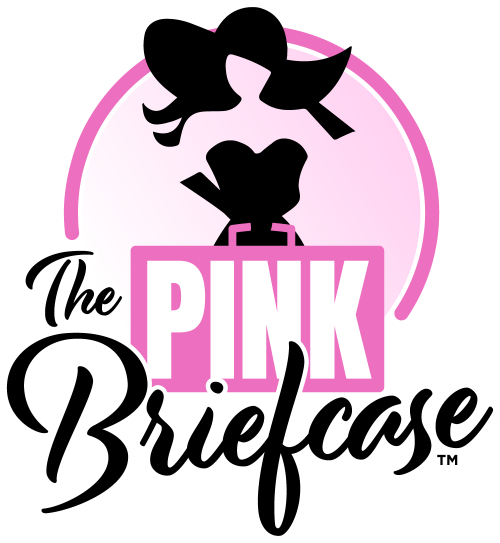

Every person ever born has some creativity within them. Creativity is simply the drive to create and/or the act of doing so. It does not have to mean being a painter or an artist. Creating can be as simple as cooking dinner for your family. It can be writing a report, building a fence, forming a relationship, or a million other things that are not “art.”
Creativity is a natural part of being human. Some people have more inherent creativity than others, but everyone has some level. Furthermore, it’s possible to increase your natural levels if you wish. That’s right! You can become more creative if you want to. The decision is up to you.
But you might be asking, why should you? If you are a working creative, the answer is pretty obvious, but not so much if you’re not. And it is not like you don’t already have a lot to do, after all. Most of us have too many things on our to-do lists these days. And we don’t have them on the list, we’re dealing with the fact that they forget to get done, because well, we don’t have them on the list!
Creativity boosts productivity
As it happens, you can get a lot of tangible real-world benefits from becoming more creative. Increasing your creativity also boosts your productivity and your self-confidence. It helps you improve your problem-solving skills. All of these combine to make you better at your occupation and lead to more success in life. This is true whether you’re a writer, a painter, or a candlestick maker.
Creativity can lead to happiness (and health)
Creativity is closely tied to happiness. The more creative a person is, the happier they are. If that is not reason enough for you, higher levels of creativity also lead to longer lives. Being more creative also keeps the brain more active, reducing the chance of developing dementia in old age.
Even without any of these benefits, it would still be worth it for you to become more creative. Why? Because it helps with your personal development. It will make you more satisfied with your life and give you a sense of accomplishment.
Being Creative is just plain fun
Creating something, anything, also creates a feeling of joy in the creator. That alone makes the effort to become more creative worthwhile.
Becoming more creative is not difficult. Nor is it expensive. It can even be fun. You will improve your current skills as you do so. You can also learn new skills and make new friends along the way. The biggest investment you will need to make in the process is time.
But don’t worry. I’ve got you. You can start slow. You can try one new habit at a time. And to that end, stay tuned for the launch of my next book, The Creativity Habit, hitting bookstores in October! It will take you step by step through various tiny habits that can boost your creativity and unleash your inner genius!






